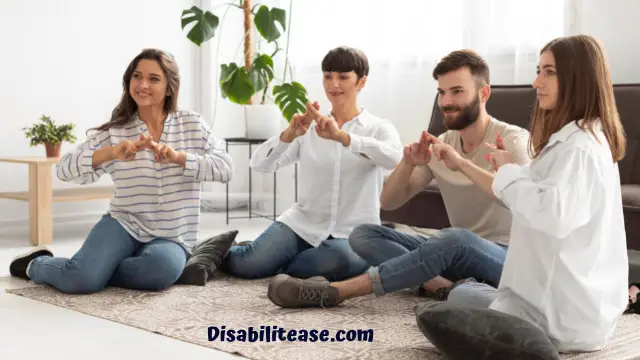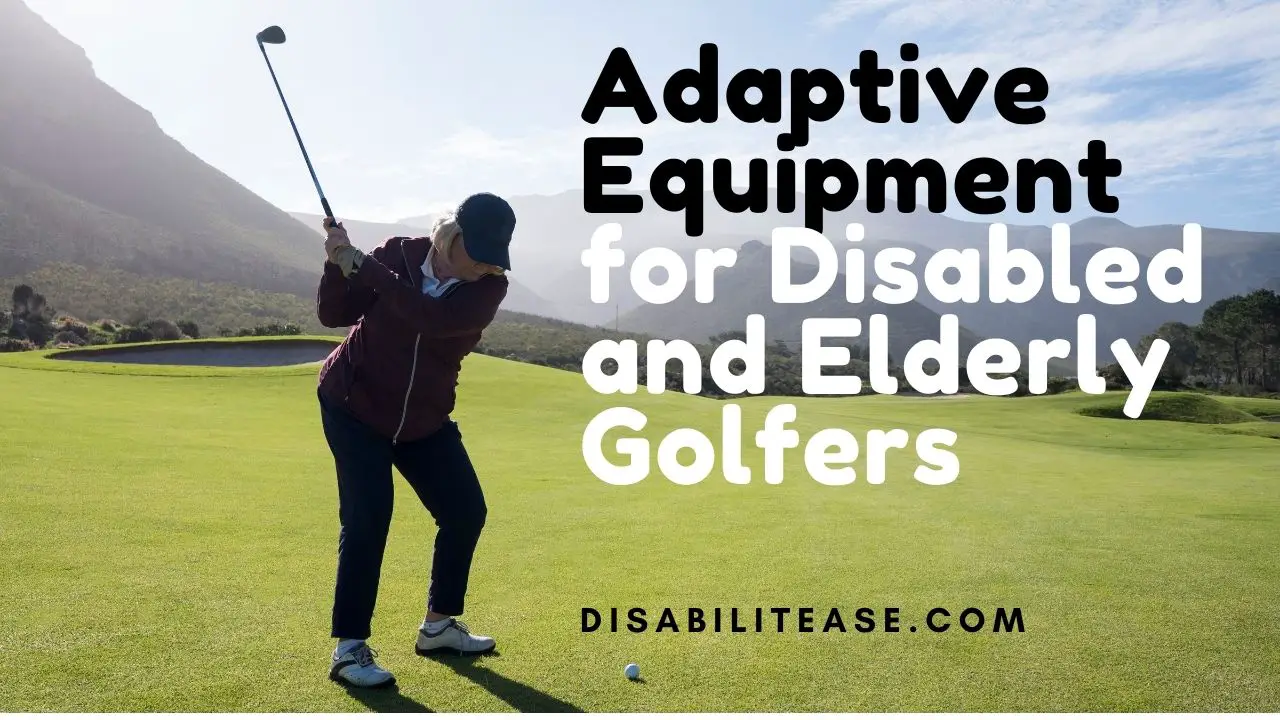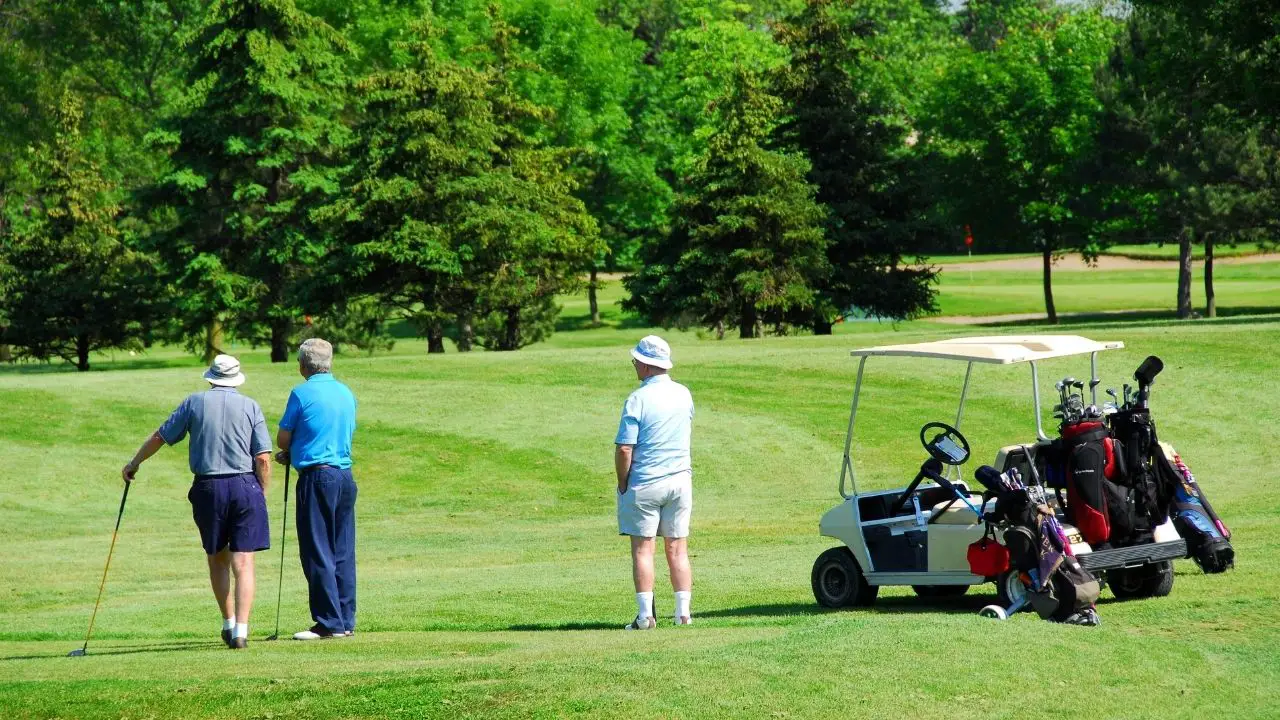
The world is full of individualities, and people have their unique features. Being deaf is unique, but there is still the question of how do deaf people communicate?
We have a related article for you, you can read How Do Deaf and Blind Communicate?
Well, deaf people primarily communicate with lip-reading and sign language.
Table of Contents
How do Deaf People Communicate? Ways of Communication:
There are two ways deaf people can communicate. Some deaf people learn sign language, and some learn to read lips. Both are skills that suggest that one can get rid of any barrier with little effort.
Deaf people cannot hear you, but their vision helps them understand and interpret what others are speaking.
Lip Reading
Lip reading is precisely what the phrase suggests. It is like reading others’ lips. This technique helps deaf people to trace others’ lips and tongue movements. Deaf people also contextualize the lip movement with their body language. The context helps them narrow down many words, which is how they navigate the vocabulary.
With context, it means that they can apply it to lip reading whatever knowledge they have about the language.
Some deaf people still have a little bit of hearing. That also helps them a lot of time. Hearing through hearing gadgets has also provided significant help. Some people still are not able to decipher the sound entirely, but with a little bit of help, their task becomes much more manageable.
Lip reading is a technique for those who have not learned sign language. The technique is also more adapted by those people who have gradually lost their sense of hearing. It explains why such people are more inclined to use this technique rather than learn sign language.
Facts about Lip Reading
Many languages cannot be accurately read through lip reading. English only has 30 percent of the words that can be read accurately because of the variables of vowels. Vowels do not translate well in lip movements, and it is hard to differentiate between them.
This makes the task a little bit more complicated because deaf people have to play a guessing time each time they read someone’s lips. Luckily, some classes offer courses for lip reading, and with practice, many people learn to accurately contextual the lip and tongue movements.
Sign Language:
Sign Language has many standards and models. Different regions have different sign languages. For example, in the United Kingdom, people use British Sign Language, which is known as ‘BSL’.
There is also sign language for the United States of America, which is known as ‘ASL’. Sign language is often used by those who are deaf by birth and have taken their education in it. It heavily depends on visuals and hand movements.
Also, sign language is different from the English language and has its own grammar structure. Its alphabets are two-handed fingerspellings. Sometimes, people who are good at lip reading still use sign language.
Types of Sign Language

There are also other types of sign language like Sign Supported English (SSE) or Makaton. Sign Supported English takes help from English and signals signs in plain English sentence sequences.
On the other hand, Makaton is a sign language that takes help from signs and symbols. It is used to teach sign language to those who are new to it and have their skills underdeveloped.
Cued Speech is a sign language that uses visual methods of communication. It is a combination of lip panthers with hand cues.
People who prefer sign language must have people around them who also know sign language. It will be easier for them to communicate this way, and people around them will also understand them without a problem.
Takeaway
Nobody can challenge the working of God. People are born a certain way by the will of the Almighty and there is nothing they can do about it. However, every challenge has a solution. We hope that now you know the answer to how deaf people communicate.

Hi, my name is Eddie, I am a professional trainer specializing in the elderly population and I’m also a website designer. I love training in the gym, going to the beach, traveling, and having good food.
I combined my love for sport and website designing to make “DisabilitEase” whose purpose is to help elderly and disabled people live a more full and active life, have more fun, and enjoy their unique journey despite any disability.



